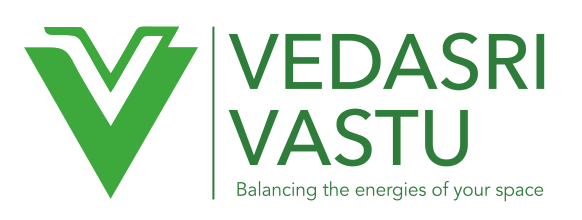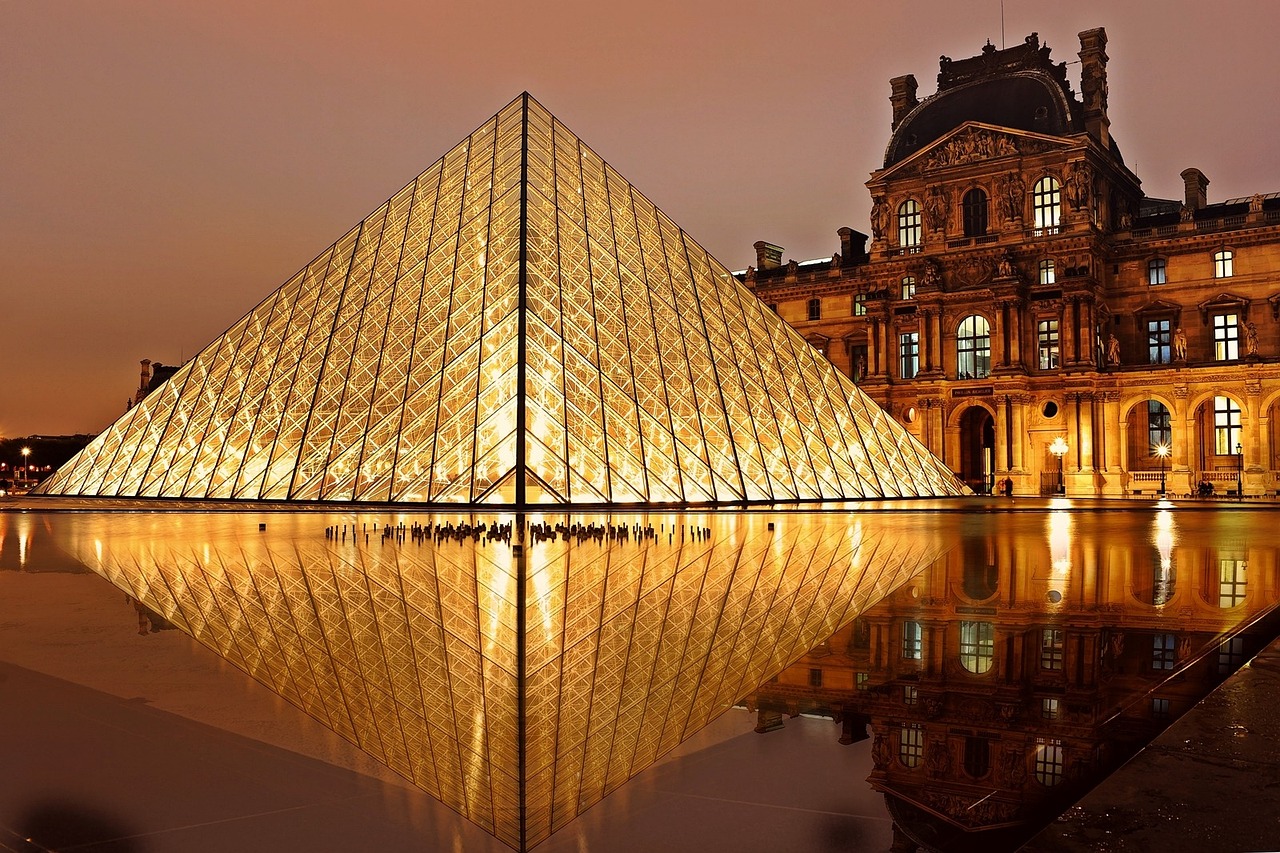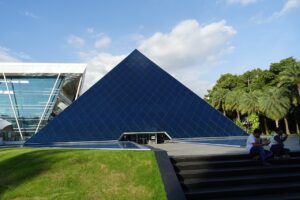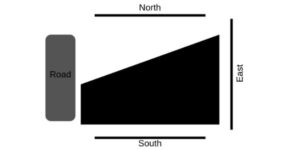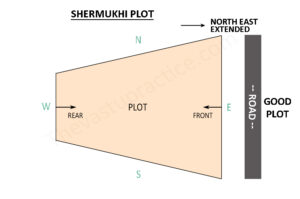Harmonious Combinations in Numerology: Discover the Perfect
Number Pairings
Numerology explains how each number has its own vibration that impacts the life of the individual carrying it in their birth chart or date of birth. While it is significant to check your own numerology, it is equally essential to first check compatibility with other number whether you are about to form an interpersonal relationship or a professional partnership. When you choose a number compatible to your own as per numerology then it creates perfect balance and abundance. If you against the laws of numerology or choose to associate with a number not in harmony with your own then it leads to chaos, losses and financial trouble. Nonetheless, the significance of numerology cannot be denied in the life of an individual. So, in order to understand harmonious combinations in numerology that would favor your own number and life, you should understand which combination of numbers goes well. Vastu Shastra and numerology expert from Dubai explains all about it in the simplest form.
Harmonious Combinations in Numerology
1&9


While one represents leadership, initiative, independence, new beginnings; number nine represents spiritual growth, wisdom and compassion. These two numbers go well together or form harmonious combination as per numerology. Where number one likes to lead, number nine provides the foundation for the number one person to build their life on it. While one likes freedom another provides an opportunity of grounding and support their partner in every way possible.
2&7


In this partnership while 2 is representative of harmony, emotions, diplomacy and cooperation, the other number seven is all about intellect, spirituality, introspection. While two would like to create a harmonious life, number seven would support it through their spiritual perception and ideas. Number 2 would like to use their diplomacy in matter related to life, number seven partner would like to show them how through deep introspection it is possible to achieve success through balancing act of inner life and outer life.
3&5


Number three represents interaction, social life, creativity and self-expression while number five is all about adaptability, freedom and sense of adventure. Together these two support each other by balancing their life with self-expression vs adaptability, creativity with sense of adventure and social life with freedom to be what they both want to be. They are the dynamic duo who are the benchmark of a perfect relationship harmony.
6&9


Number 6 is all about luxury, harmony and responsibility, while number nine signifies universal love, spirituality, completion and alignment. When these two come together in partnership the world they create comprise of materialistic pleasure balanced with spirituality, a perfect combination that helps achieve inner peace and outer harmony.



